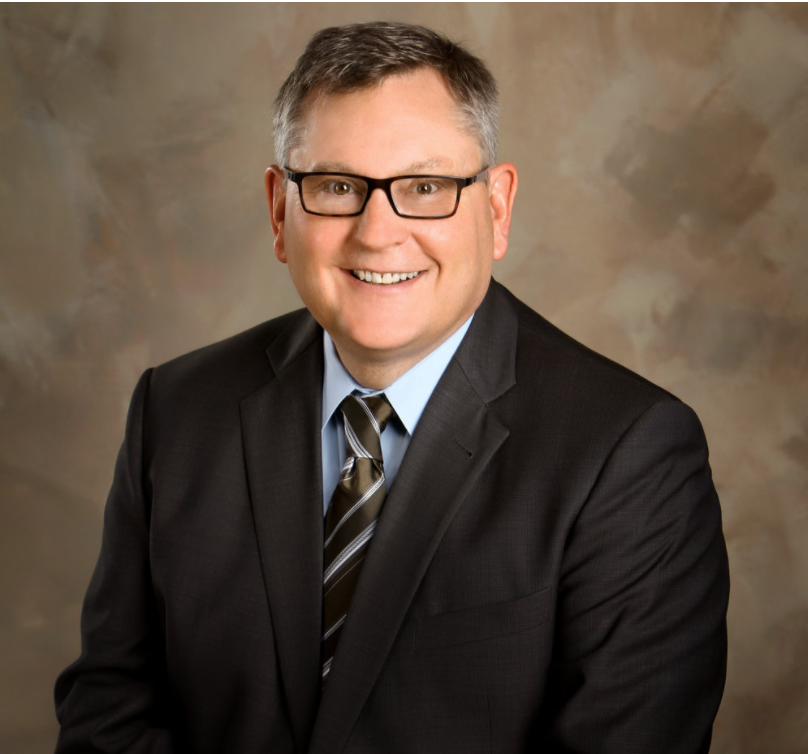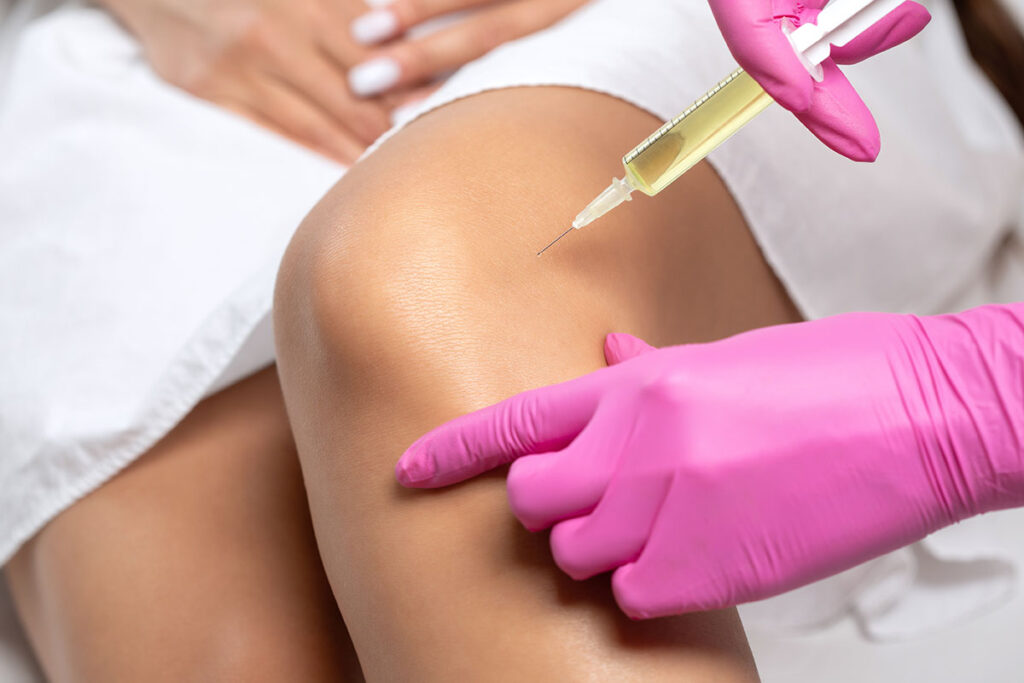
Wm. Philip Werschler, MD, FAAD, FAACS, with Lisette Hilton
The two gateway procedures that most dermatologists use to get into aesthetic regenerative medicine are platelet-rich plasma (PRP) and fat transfer.
Suneva has FDA clearance on a fat transfer system. This is really stem cells. The procedure involves taking out fat and processing it. Stem cells are what is being processed. So, fat transfer is, in fact, adipose-derived stem cells.
Suneva’s syringe device, Dermapose, is an all-in-one system to harvest, wash, and inject sized fat. The company also has Amplifine, a system for obtaining high-density PRP.
Suneva’s regenerative devices are marketed to dermatologists because they can be easily used in the office. Dermapose, for example, uses a relatively small-volume aspirate. It involves sucking some fat out of the belly or hip, taking that fat and, within the closed multi-chamber system, washing the fat to get rid of the red blood cells, then processing it. The goal is to tease out those stem cells and the associated supportive cells and to inject them so that they live and induce more growth of the requisite tissues.
Dermatologists can size the fat, starting with a 2.4-mm screen, then push it through again with a screen half the filter size, at 1.2 mm. Processing the fat more, to stromal vascular fractions, or what plastic surgeons call “nanofat,” puts providers in the gray zone with the FDA.
Nanofat offers the highest concentrations of the stem cells, stromal vascular cells, immune cells, endothelial cells, and smooth muscle cells, which gives you the most bang for your buck. But the FDA has ruled that dermatologists can no longer do stromal vascular fraction. In the approval of the Dermapose, they stopped at 1.2 mm because that falls within the guidelines.
The situation is similar with PRP, but PRP is simpler than adipose-derived stem cell procedures. It involves drawing some blood, spinning it down and sucking off the platelet-rich and platelet-poor plasma. Then it is used for micro needling or radiofrequency micro needling. The PRP has platelets and growth factors. The growth factors coming out of the platelets are the exosomes.
Regenerative aesthetic medicine, or RAM, is pretty simple, really. It comes down to 3 things: the cell type; the growth factors, whether from platelet rich plasma (platelets) or fat (stem cells); and the matrix, or the scaffolding that holds everything together.
That’s why wounding with PRP in micro needling, PRP in RF stamping, and probably PRP in injections with fillers, creates channels of wounds. It activates the fibrous matrix. We have gotten much better at amplifying the wounding cascade without creating scarring. Stem cells not only grow collagen, but these adipose-derived stem cells upregulate the healing cascade and bring in all these signals, or growth factors. The alpha granules, the exosomes, send out signals and release these proteins that stimulate a controlled wound-healing cascade.
Up-and-coming regenerative treatments
So far, plant stem cells have no effect on humans. They do not have the right coding sequence. Embryonic stem cells have been on the market for a long time with placenta and amnion. These are registered biomaterials that do not have much of a presence in dermatology. But they are approved and are being picked up and used more and more in dermatology by Mohs surgeons, who use pellets, powders, or sheets in wounds.
Embryonic stem cell types are placenta-derived mesenchymal stem/stromal cells (PMSCs), amnion-derived MSCs (AMSCs), blood vessel-derived MSCs (BV-MSCs) and Wharton’s jelly-derived MSCs (WJ-MSCs) from the umbilical cord.
Does it matter where these different embryonic stem cells come from? The beauty of embryonic stem cells is they are privileged cells. The embryonic stem cell types act the same, with similar beneficial effects of wound closure and vascularization.
Why haven’t we picked up on the use of these as part of regenerative aesthetic medicine as we have with PRP? The answer is we have, but quietly. But I think the bigger answer is because they are really expensive and insurance does not pay for this.
This is the challenge of making these cheaper. However, if companies come out with those products and really target the aesthetic marketplace, my educated guess is these products will work as well and be much easier. This would be very much like having a prepackaged filler in the practice.
XoGlo is a purified mesenchymal stem cell (MSC)-derived exosome product that contains a multitude of growth factors that can enhance the coordinated cascade of cellular and biochemical events involved in natural wound healing and skin rejuvenation. XoGlo has the potential to improve skin texture, reduce scarring, stimulate hair growth, and shorten recovery time.
The company Kimera has taken this product through the robust FDA new-drug application and their anticipated FDA conformance is in May 2021. We are now seeing the beginning of commercialization of regenerative aesthetic products under the moniker of FDA approval. It is getting more mainstream. When XoGlo is approved, it will explode in the marketplace for microneedling or injecting. I predict that Medicare is going to refuse to pay for it, and the company will target aesthetics.
The impact on dermatologists
Until now, smaller companies have developed these therapies. Now we’re going to see consolidation. My guess is that big pharma will buy up all the little startups. Will regeneration replace rejuvenation? Probably not completely in most of our practice lifetimes, but I believe it will significantly affect what we do, how we do it, and our concept of combination therapy.
Disclosures
Dr. Werschler is a consultant or independent contractor for Abbvie,
Suneva, and Ulthera. He receives grants or research support from
Allergan, Amgen, Boehringer Ingelheim, Dermavance, Galderma,
Genentech, Janssen, Kythera, Pfizer, Suneva, and Ulthera. He has
received honoraria from Abbvie, Allergan, Cellgene, Continued Med,
Leo, Merz, Prescriber’s Choice, and Sunev. He is a speaker for
Abbvie, Allergan, Cellgene, Eskata, Leo, Merz, Prescriber’s Choice,
Pfizer, Ulthera, and Xoft.

